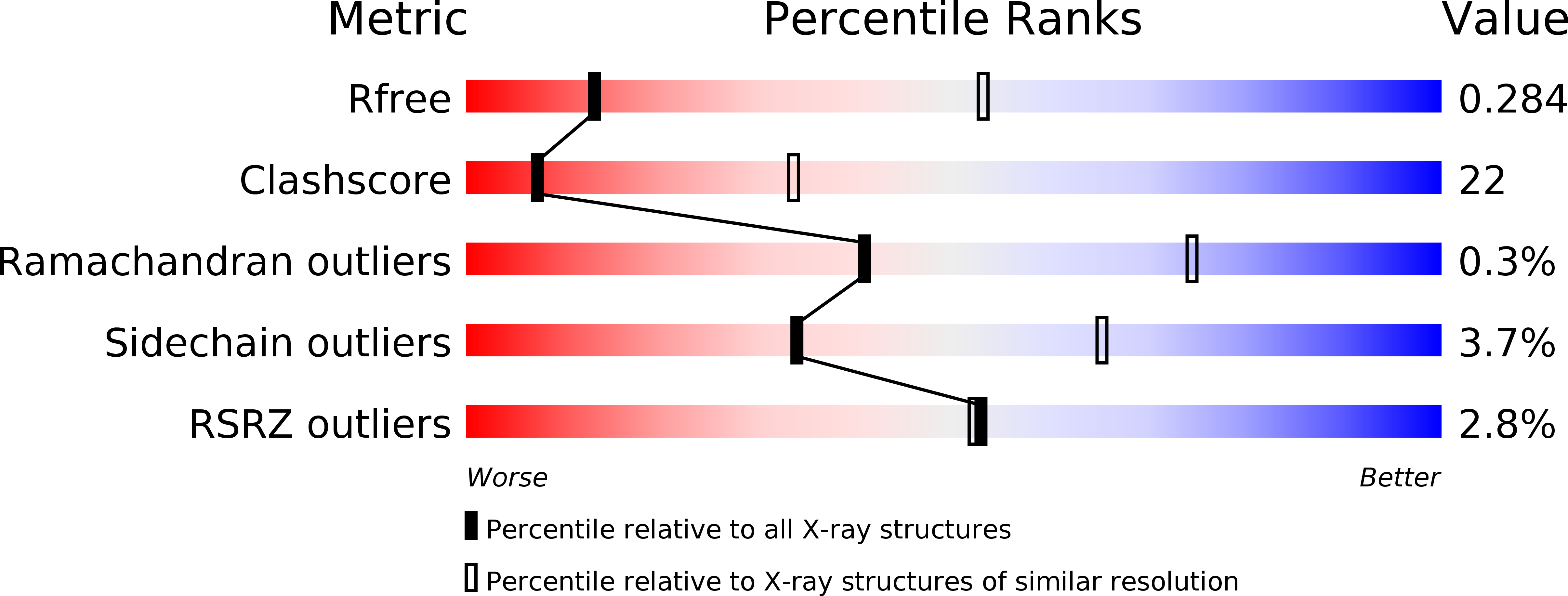
Deposition Date
2014-10-01
Release Date
2014-12-10
Last Version Date
2024-02-28
Entry Detail
PDB ID:
4RH7
Keywords:
Title:
Crystal structure of human cytoplasmic dynein 2 motor domain in complex with ADP.Vi
Biological Source:
Source Organism:
synthetic construct (Taxon ID: 32630)
Homo sapiens (Taxon ID: 9606)
Homo sapiens (Taxon ID: 9606)
Host Organism:
Method Details:
Experimental Method:
Resolution:
3.41 Å
R-Value Free:
0.28
R-Value Work:
0.23
R-Value Observed:
0.23
Space Group:
C 2 2 21


